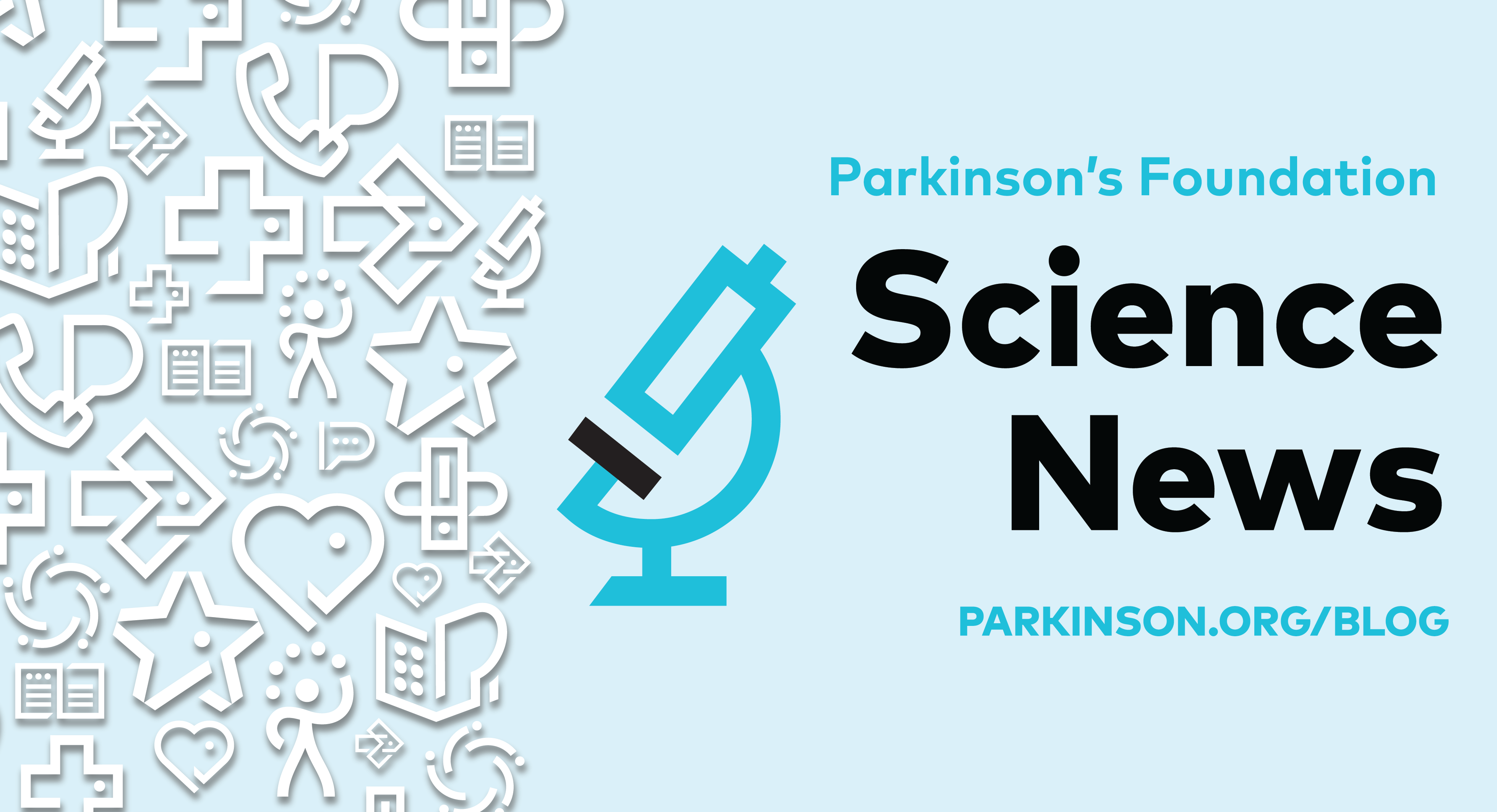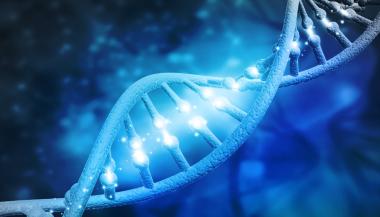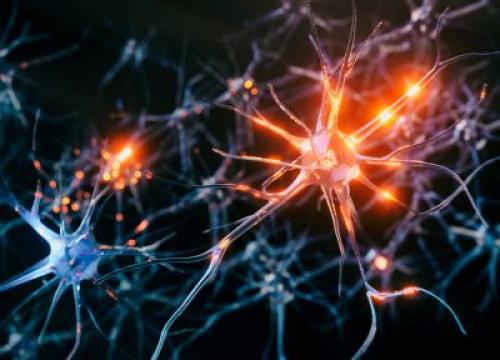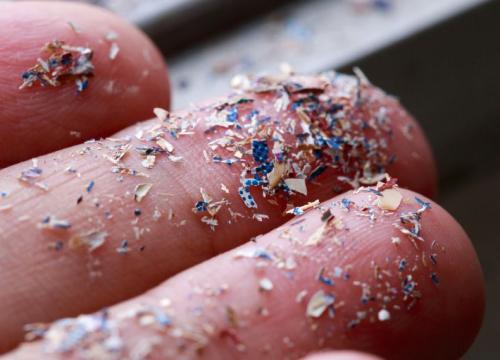Alpha-synuclein & DNA: The Ties That Bind

Parkinson’s disease (PD) is neurodegenerative disorder characterized, in part, by the clumping of the protein alpha-synuclein. These clumping proteins are called Lewy Bodies that can be found in an area of the brain stem where dopamine cells die. However, we do not know exactly how the two are connected. Researchers believe that better understanding this connection would help us develop optimal targeted therapies to treat PD.
A study published in Nature, “Alpha-synuclein is a DNA binding protein that modulates DNA repair with implications for Lewy body disorders” (Schaser et al., 2019), wondered if healthy alpha-synuclein help repair DNA damage caused by double-strand breaks (DSBs). DSBs can be the result of many things, such as environmental exposure to irradiation and other chemical agents. However, DNA damage is also a normal result of cells undergoing constant wear-and-tear. In fact, DNA damage happens in human cells thousands of times per day. Fortunately, cells repair damaged DNA on their own.

However, what if the unhealthy alpha-synuclein (which becomes Lewy Bodies) causes the loss of DSB repair, leading to healthy cells dying? While this study was not PD-specific, what if it were dopamine-producing cells that were not getting repaired and dying? The researchers conducted a series of sophisticated tests in both living mouse brains and human cells to see if this chain of events was taking place.
First, using a powerful microscope (or imaging techniques) the researchers confirmed that healthy alpha-synuclein appear exactly where the DSBs are located. However, the test did not show the cause, so further experiments were required.
Researchers then measured the amount of DSBs in healthy human cells and human cells where alpha-synuclein was completely removed (known as knock-out cells). To cause DNA breaks, they exposed the cells to a chemotherapy drug, called bleomycin. The researchers found that the cells without alpha-synuclein (knock-out cells) had higher levels of DSBs compared to healthy cells, suggesting that alpha-synuclein plays a role in repairing DSBs. They also found that the healthy human cells repaired DSBs more rapidly compared to the knock-out cells, again supporting the role of alpha-synuclein in aiding DNA repair.
Next, researchers used a strong laser, which they knew would damage the DNA and cause DSBs, to see if healthy alpha-synuclein are recruited there to help seal the breaks. They tested this in two groups of live mice and live human cells: 1. healthy and 2. Group with the disease that carry the abnormal form of alpha-synuclein. Lastly, they tried adding healthy human alpha-synuclein back into the mice without alpha-synuclein to see if it might restore the normal DNA damage response.
Results
- In both human cells in a dish (in vitro) and living mouse brains (in vivo) alpha-synuclein was present in the exact same location as the DNA repair proteins, suggesting alpha-synuclein binds directly to DSBs, and helps repair those breaks.
- In both healthy human cells and living mouse brains, the laser-induced DSBs, triggered alpha-synuclein to move to the site of DNA damage.
- In diseased human cells and mice carrying the abnormal form of alpha-synuclein, the laser-induced DSBs, impaired alpha-synuclein from moving to the site of DNA damage.
- Removing alpha-synuclein in human cells lead to increased DSB levels after receiving chemotherapy drug (bleomycin) treatment, and a reduction in the ability to repair these DSBs, compared to healthy human cells.
- Removing alpha-synuclein in mice (the knock-out mice) also resulted in increased DSBs, following bleomycin treatment.
- Giving healthy human alpha-synuclein to the alpha-synuclein knock-out mice, restored the mice cells’ DNA damage response to normal levels.
What Does This Mean?
This study suggests that the abnormal clumping of alpha-synuclein cells into the form of Lewy Bodies diminishes the available healthy alpha-synuclein to do its job of assisting in DNA damage repair (DSBs). This lack of repair triggers the cell death process, because the cell is damaged to the point where it can no longer function normally.
Of note, while this study was not designed only for Parkinson’s, these finding may offer insights as to how abnormal alpha-synuclein clumping leading to Lewy Bodies may result in the increase of cell death of dopamine-producing cells. These findings could inform the development of new PD treatments that target alpha-synuclein-mediated DNA repair mechanisms.
Learn More
The Parkinson’s Foundation believes in empowering the Parkinson’s community through education. Learn more about the Parkinson’s and LID in the below Parkinson’s Foundation resources or by calling our free Helpline at 1-800-4PD-INFO (473-4636).
Related Blog Posts


New Cell Types Identified in Parkinson’s
